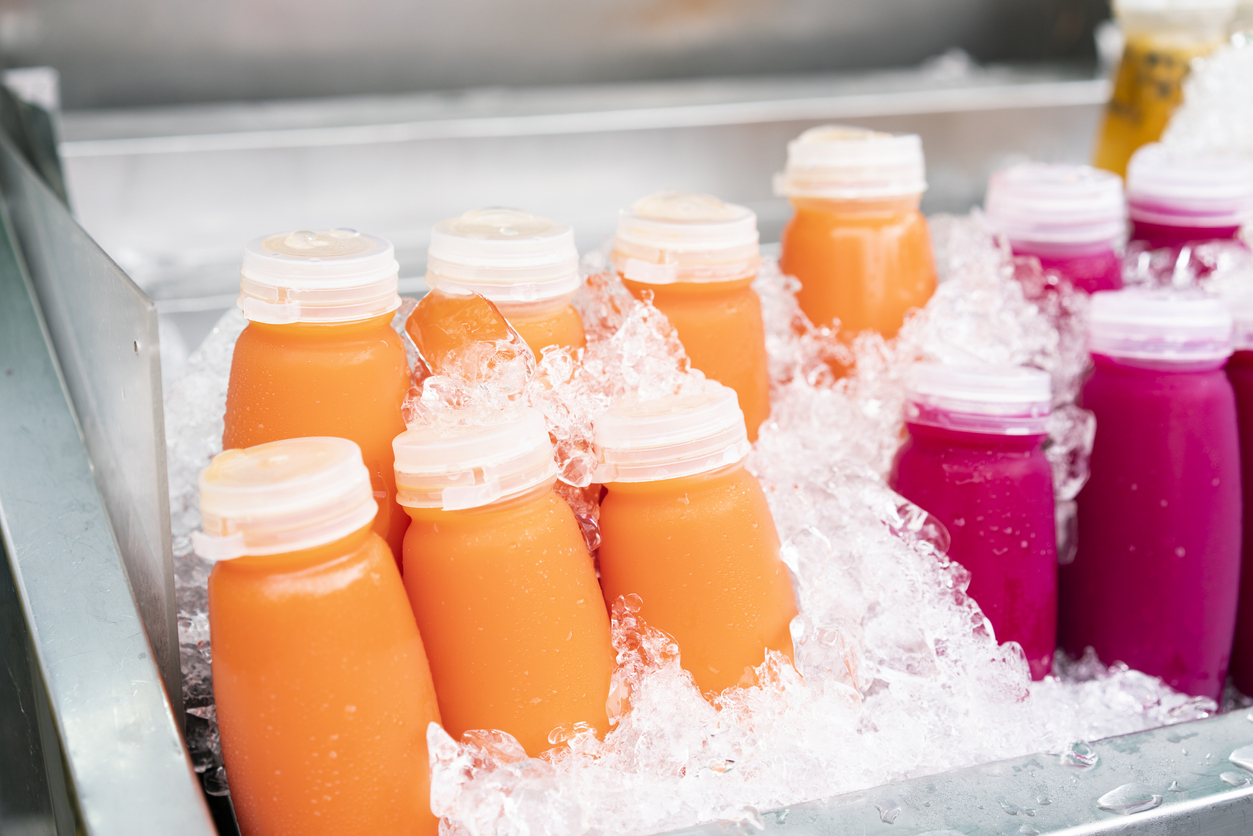Many products regularly come into contact with water or moisture. Paper labels may smudge, fall off, or begin to deteriorate when exposed to moisture. These products require water-resistant labels. Not using proper labels puts you at risk.
Water-resistant labels are used in nearly all industries, including medical, automotive, electronics, and chemical. Any product that may be in contact with water or moisture, including high humidity or condensation from fluctuating temperatures during its intended life, should use water-resistant labels to ensure they remain intact and legible.
The Cost of Non-Compliance
At a minimum, shoddy labels that don’t hold up can damage your brand. If a consumer pulls a product from their garage to use and the directions are no longer legible, they may dispose of it and use a different brand. You have lost their trust. Worse, the consumer may be injured if the product is used incorrectly or if it is a chemical that shouldn’t be mixed with another. For example, products containing ammonia and products containing bleach create a deadly chemical reaction (chloramine gas) when combined. If warning labels are no longer legible, people could be hurt or worse.
Consumable consumer products aren’t the only ones needing labels that remain legible. Any label that contains essential information can benefit from a water-resistant label. Poor labels can have expensive consequences. Just recently, Toyota issued a recall because a “load carrying capacity label may not be permanent and can become illegible as the text has the potential to transfer off the label.” If the vehicle is loaded beyond capacity, it is at increased risk of a crash. Critical information must remain available to individuals using the product, no matter how long the product is expected to last. With vehicles or industrial equipment, it could be ten or more years.
What Labels Are Water Resistant?
Water-resistant labels are labels that can withstand moisture for a limited time. They are not intended to be submerged in water for an extended period. There are also label products designed for longer term submersion such as in marine applications but those are very specific and are a subject to be discussed at another time.
Let’s start with what is not water-resistant – paper labels. But what if they are laminated? It is obvious that paper is not water-resistant because of its porous nature. When graphics are protected with lamination, quick contact with water, such as splashing, won’t likely damage the label. However, with extended contact, water will permeate the label, and the paper will absorb the moisture, degrading the adhesion and aesthetics of the label.
A better option is film labels. Film labels made from plastic, such as polyester, polypropylene, or polystyrene, do not absorb moisture. When printed with UV-cured ink, no further protection is required. These labels can withstand prolonged periods without peeling, curling, or fading. Film labels are often resistant to oils as well. The adhesive used must be water-resistant as well.
DRG Technologies – The Label Experts
When you need water-resistant labels, we can work with you to ensure you receive the most appropriate label for your product’s needs. With the right label, you can confidently display your product’s identification, instructions, and artwork, knowing your label will withstand whatever environment it is exposed to.
In addition to pressure-sensitive water-resistant labels, we can supply all your water-resistant UL label needs. All our UL Labels undergo water immersion testing, so you can be assured these durable labels will remain legible.
Contact us to learn more about water-resistant labels and how we can help you.

